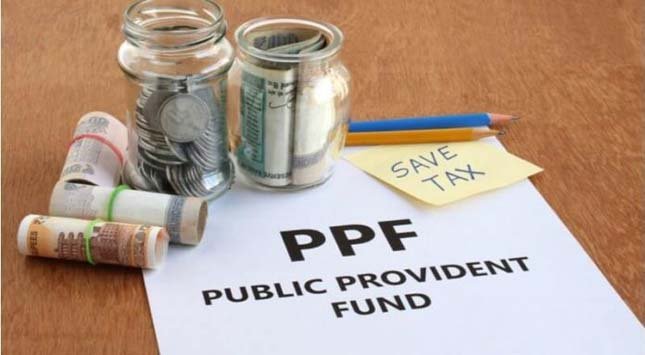PPF or Public Provident Fund is a long-term saving or investment instrument, which was introduced by the government to help people save for their retirement.
It is a popular saving scheme or a risk-free investment instrument, just like fixed deposits. The Employees Provident Fund Organization regulates it. A Public Provident Fund account can be opened with a minimum investment of Rs. 500.
Earlier, the interest rates of the PPF were decided yearly, but from April 2016, the government is revisiting the PPF interest rate quarterly. The PPF interest rate for the quarter Jan-March is 7.9%. The PPF account is created with a tenure of 15 years with the option of renewal at the end of tenure in blocks of five years. Also, the contribution you make to the PPF account also gives you income tax benefits.
The return on investment is the most crucial aspect for any investor, and it is the second most vital aspect for the investor who is looking for a safe investment option. However, choosing a safe investment option should not mean compromising on return.
Interest Rate:
Now, the rate of interest on PPF is not fixed; it is revised each quarter by the government based on the yields generated from bonds. The credit of interest takes place at the end of the financial year, and it is compounded annually. As an investor, you have the option to either invest with a lump sum amount or invest in 12 contributions available for a financial year.
The most crucial aspect here is that interest is calculated each month on the lowest balance on the date between the 5th and the last day of each month. So, the best way to maximize on return on investment is to take the lump sum or installment contribution before the 5th of each month. If you make a lump sum investment before 5th April, then you will be earning a return for the entire amount for the whole financial year.
Legal Protection:
Your account balance in PPF is protected from any court attachment of any decree concerning any debt or liability you have incurred.
You May Like to Read: Managing Rental Property Investment for a Better Future
Account Extension:
You can also opt for extending your PPF account after the end of 15 years, either by making more contributions or even without it. If you wish to continue, then the extension will happen in the blocks of five years, and you will be required to submit Form H for the same within one year from the maturity date if you opt for continuing the account in the form of further contribution mode. There are no limits on the number of times you can extend your account.
Partial Withdrawal:
The PPF withdrawal is allowed only after seven years and is limited to one removal in one year. The amount that can be withdrawn is subject to a lower of; the 50% balance of customer credit at the end of the 4th year, which is immediately preceding the financial year in which the withdrawal is made, or the amount at the end of the preceding year.
Also, note that partial withdrawal is allowed only if you are extending your Public Provident Fund Account over 15 years. Plus, you also enjoy tax benefits on partial withdrawal.
You May Like to Read: Correcting Information of Provident Fund Account
Premature Closure and Interest Deduction:
You also have the option to prematurely close your PPF account due to some unforeseen circumstances or an urgent need for funds. However, the option to close your account prematurely is available only after the completion of 5 years.
The unforeseen circumstances include treatment for the life-threatening disease to you, your wife, your dependent children, or your parents. While the scenario of urgent need covers your education or the education of the minor on whose name the account is opened, and you are the legal guardian. Under both these circumstances, you will be required to submit the supporting documents.
The deduction of interest on account of premature closure is 1%. This means, when you prematurely close your account, you get returns calculated on a 1% lower rate of interest than what is applicable.
Keep the rules mentioned above in mind about the PPF, while deciding whether you would like to opt for it or not. However, it is a recommended investment option, especially for lower and middle-class working people.

